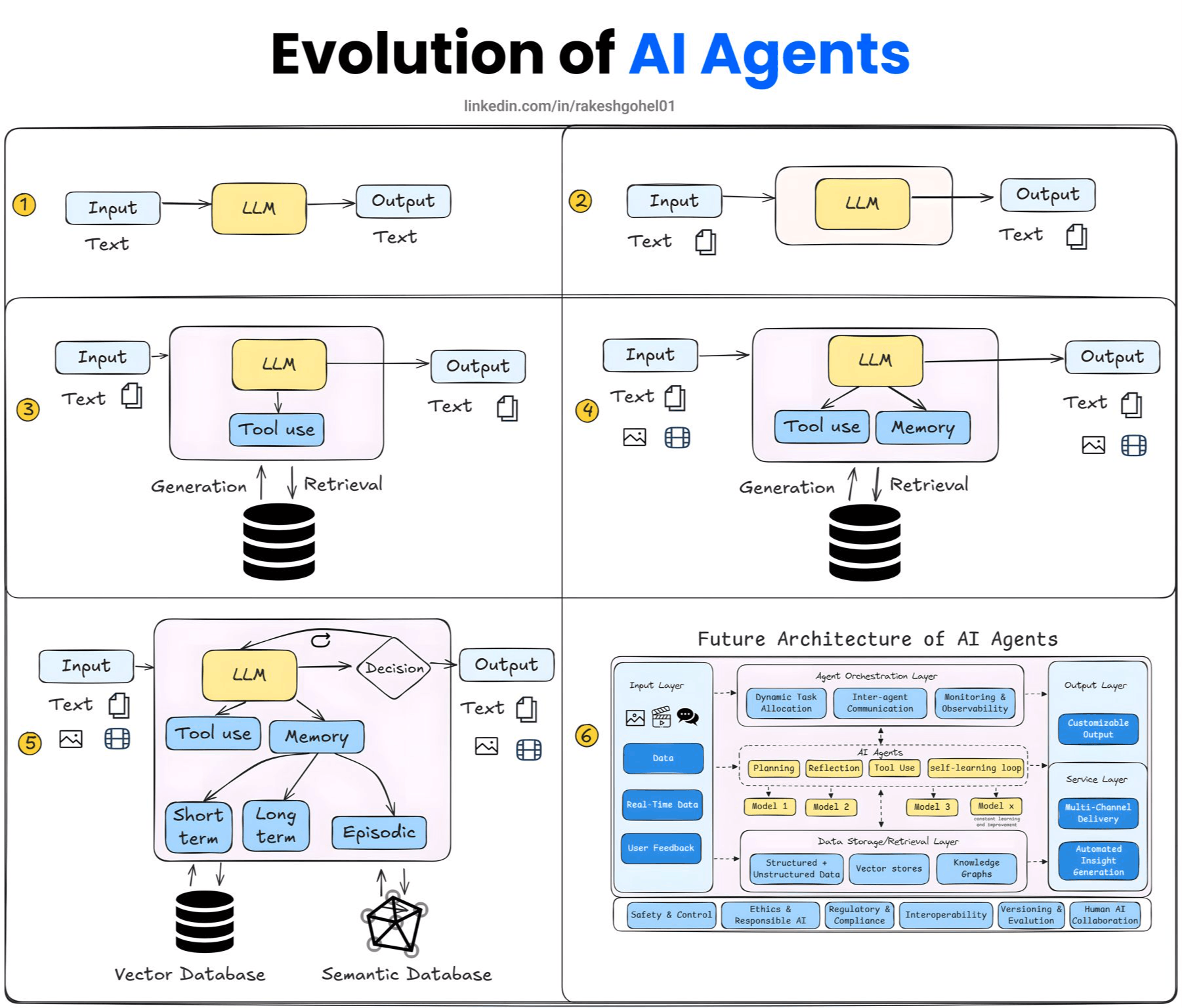
"The minute it hit a real user environment, things fell apart. Bugs popped up in edge cases. The agent struggled with reliability."
"After a few painful rebuilds, I finally locked in a reliable approach: a 5-step roadmap that takes your agent from development hell to a scalable, production-ready system."
"Mastering Python fundamentals is crucial; without them, everything else crumbles later. Nailing the basics ensures serious work instead of duct-taping random functions."
"The process of building reliable AI agents requires a focus on stability, monitoring, and continual improvement in production to avoid pitfalls."
The article emphasizes the common pitfall of developers focusing on creating flashy AI demos rather than building reliable production-ready systems. Overcoming initial failures due to bugs and instability, the author outlines a 5-step roadmap for developing effective AI agents, which includes mastering Python, ensuring stability, deepening knowledge on Retrieval-Augmented Generation (RAG), defining robust architecting, and prioritizing monitoring and learning in a production environment. This guide is valuable for both solo builders and teams deploying AI solutions, aiming to improve system reliability and performance.
Read at Hackernoon
Unable to calculate read time
Collection
[
|
...
]